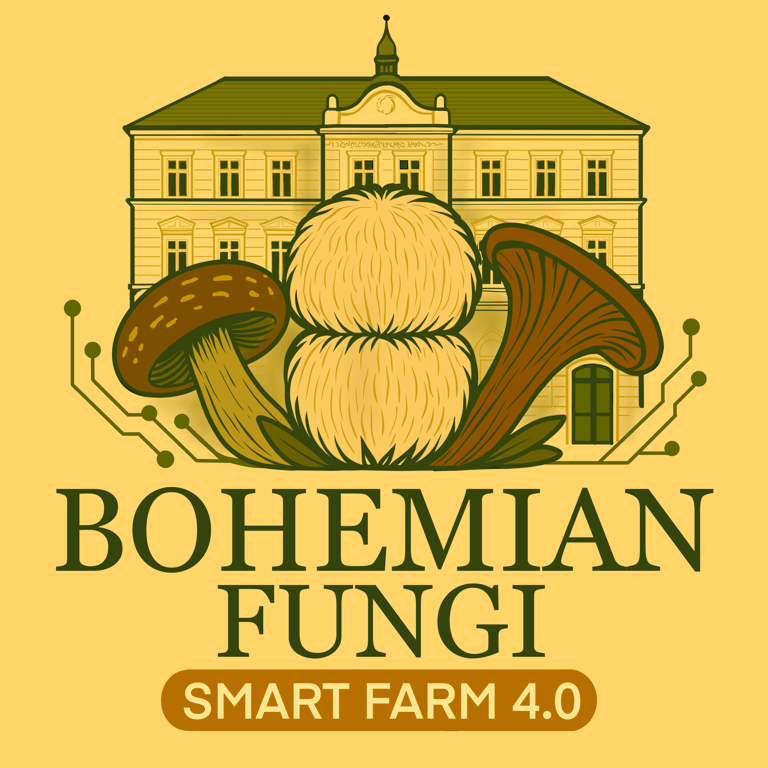Why Some Mushrooms Fruit Earlier Than Others
Discover what factors make some mushrooms fruit faster than others — from genetics and mycelium strength to temperature and humidity.
MYCOACADEMYMA - FRUITING
11/25/20252 min read
What Does “Fruit Earlier” Mean?
When we talk about mushroom fruiting, “earlier” refers to how quickly a species or strain goes from mycelial growth to producing primordia (baby mushrooms) — and ultimately, harvestable mushrooms.
Key Factors That Influence Fruiting Time
Genetics & Strain
Different strains (even within the same species) have varying growth rates and vigor. Some are bred or selected for fast colonization and early pinning.
Cloning plays a role: a clone from a high-fruiting parent may inherit its predisposition to fruit more rapidly than a random spore-derived strain.
Mycelium Health and Density
A strong, dense mycelium network (built during the spawn or colonization stage) more readily triggers fruiting than a weak or sparse mycelium.
If the mycelium is contaminated or stressed, fruiting can be delayed or even abort completely.
Environmental Conditions
Temperature: Each species has an optimal fruiting temperature. Deviations slow down or prevent fruiting.
Humidity & Turgor Pressure: Many fungi rely on water uptake (turgor) to expand primordial structures rapidly. When humidity is right, mycelium can swell and fruit bodies form quickly.
Fresh Air (CO₂ Levels): High CO₂ inhibits pinning; good fresh air exchange helps trigger primordia formation.
Light: Some species need a light cue to initiate pinning. Without it, fruiting may stall.
Physiological Readiness
Mycelium accumulates nutrient reserves during vegetative growth. Once conditions are favorable, these reserves fuel rapid fruit body development.
The age or maturity of the mycelial network also matters — more mature mycelium often fruits more reliably and faster.
Species Differences
Some edible mushrooms, like certain oyster mushroom strains, are naturally fast growers and fruit in a few days once conditions are met.
Other species (e.g., shiitake) may require more time, or even a “cold shock” to trigger pinning, depending on their ecological adaptation.
Why This Matters for a Mushroom Farm
By understanding why some mushrooms fruit earlier, a farm can:
Optimize strain selection for faster production cycles.
Adjust environmental controls (temperature, CO₂, humidity) to accelerate yield.
Improve predictability — which helps with planning harvests for chefs and home-cook orders.
Minimize risk — early fruiting tends to mean the mycelium is healthy and robust, reducing the chance of failure.
Strategies to Encourage Faster Fruiting
Choose high-performance clones or strains known for early fruiting.
Maintain strong mycelial networks by giving proper conditions for colonization.
Fine-tune your fruiting room’s environment (CO₂, humidity, light) to the species’ needs.
Use shocks or triggers (temperature drops, light cycles) if your species responds to them.
If you are interested in ordering some of those just fruited mushrooms : Contact us!
If you want to learn the key environmental factors in fruiting here is a very detailed article by NaturNext.
